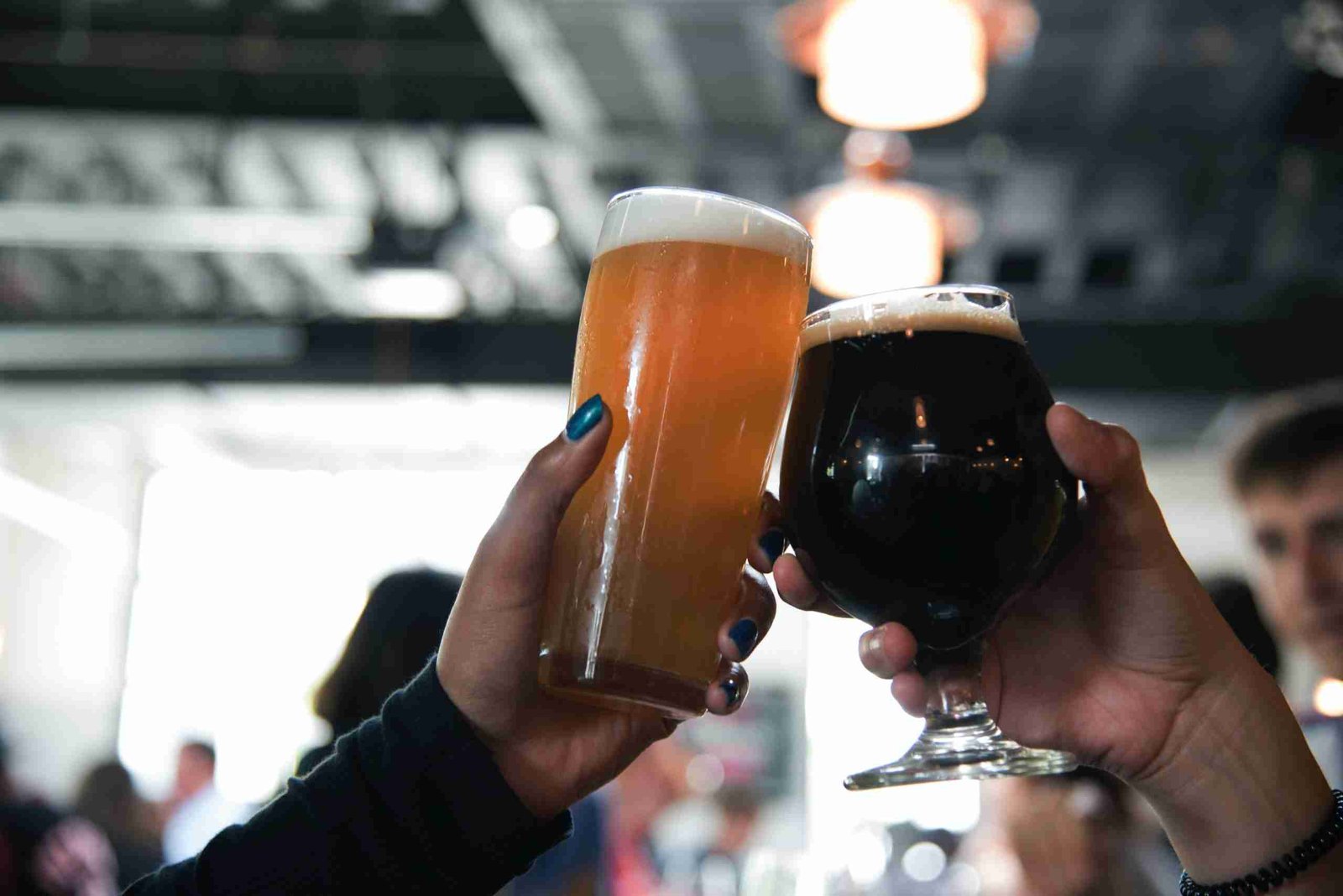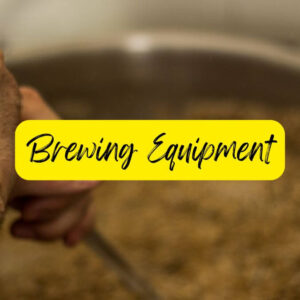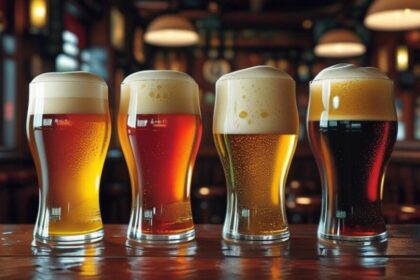The Popularity of Craft Beer
Craft beer is having a moment, and with good reason! From its origins as a small-scale industry offering unusual and flavorful alternatives to mass-produced lagers, craft beer has exploded into the mainstream.
- The Popularity of Craft Beer
- History of Craft Beer
- Reasons For Popularity
- Brewing Process & Types of Craft Beer
- Tasting & Appreciating Craft Beer
- How To Taste & Appreciate Craft Beer + Tips for Choosing a Good One
- Benefits Of Drinking Craft Beer Over Other Alcoholic Beverages
- Food Pairings + Interesting Facts About Craft Beer Culture
In this post, we’ll take a closer look at craft beer, exploring its history of growth, reasons for popularity, brewing process, and how to taste it. We’ll also consider the benefits of drinking craft over other types of alcohol and offer some suggestions for pairing food with craft beer.
Finally, we’ll share some interesting facts about the growing culture of craft beer around the world.
History of Craft Beer
The rise in popularity of craft beer can be traced back to England in the 1970s. During this period, home brewing was becoming increasingly popular as an alternative to mass-produced industrial beers.
This led to an increase in experimentation with different recipes and ingredients that resulted in more flavor variety and specialty beers. After several decades of expansion on both sides of the Atlantic Ocean, what was once considered a niche hobby is now a bustling industry worldwide.
In 2019 alone, consumption of craft beers increased by 6%, accounting for nearly one third of all U.S. beer sales that year — an impressive statistic.
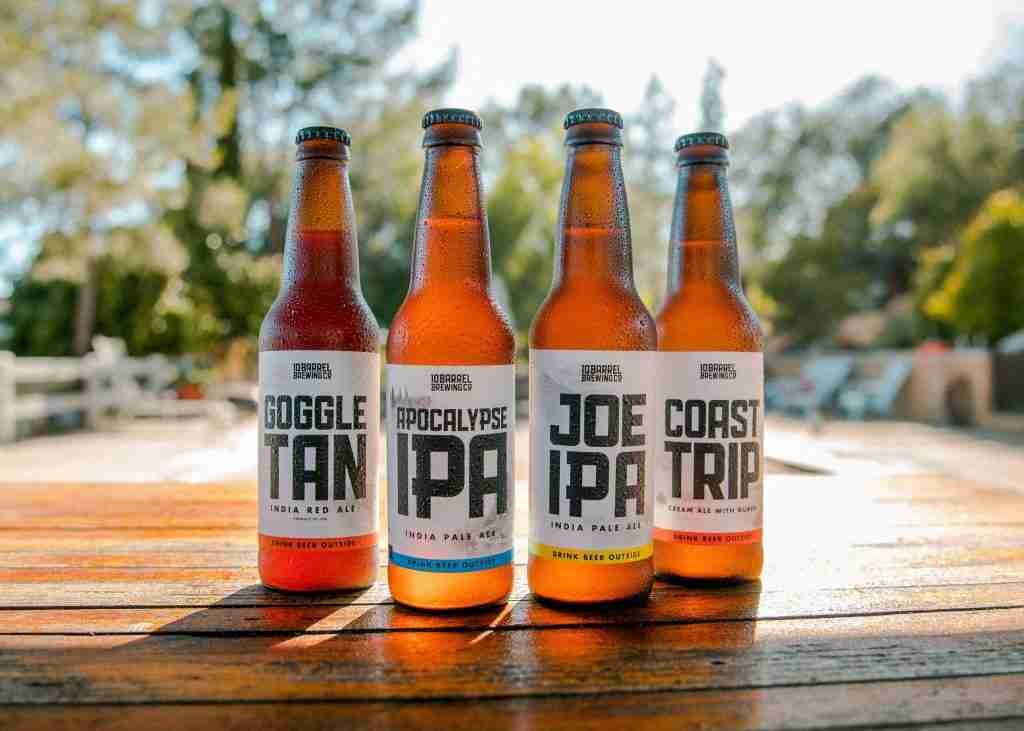
Reasons For Popularity
There are many factors contributing to this trend in popularity — chief among them being flavor variety and quality. Thanks to advances in technology and experimentation with different types of hops and grains, brewers have been able to create tantalizingly unique flavors ranging from traditional pale ales to intensely hoppy IPAs or dark stouts flavored with coffee or chocolate.
The sheer variety available means there’s something for everyone – whether you’re looking for a light session ale or something more full-bodied when celebrating special occasions.
In addition to diverse flavor profiles, craft breweries prioritize quality over quantity; many use only fresh ingredients that are locally-sourced whenever possible which adds depth and complexity to their offerings while ensuring optimal freshness upon delivery or sale at retail locations.
And thanks to collaborations between brewers across countries (and even continents) consumers are now able access an ever-increasing range of styles from all around the world without ever leaving their homes!
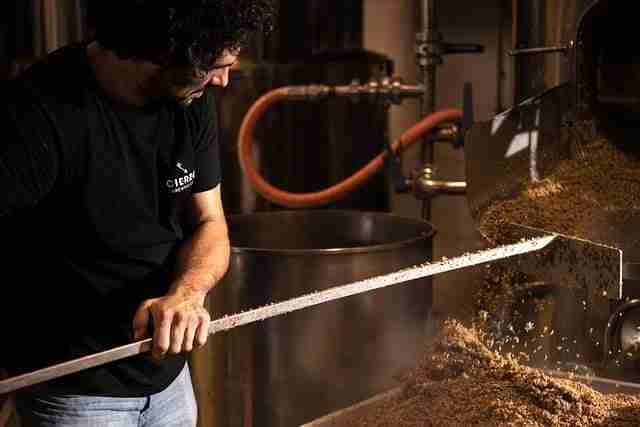
Brewing Process & Types of Craft Beer
Apart from providing excellent flavor profiles, craft breweries also focus on creating exciting new experiences through experimentation within the brewing process itself — adding unconventional ingredients like fruit purees or experimenting with barrel aging techniques can add further complexity and nuance to each brew’s profile without compromising quality or consistency.
As such, various types have become more recognizable within specific categories:
American Pale Ales tend towards citrus foundation notes;
Belgian ales often include notes of banana;
Stouts typically include hints of coffee/chocolate – all very distinct flavor characteristics that make each type stand out according to its own unique identity!
Tasting & Appreciating Craft Beer
Tasting and appreciating craft beer is easy if you know what you’re looking for – after all it’s all about finding your personal preference amongst so many options available nowadays!
When tasting any type of new beer, it’s important not just focus on aroma & flavor but also take account mouthfeel (body) texture as these three aspects together represent how each individual brew should be perceived by whoever samples it – strong bitterness should contrast nicely against light sweetness whilst carbonation levels help bring balance between dryness/acidity etcetera…

How To Taste & Appreciate Craft Beer + Tips for Choosing a Good One
Tasting and appreciating craft beer is the key to finding out which brews you like best! After all, with such a variety of styles and flavors available, it’s all about finding your personal preference. When tasting any new beer, it’s important to focus on not only aroma and flavor but also take into account mouthfeel (body) texture as these three aspects together represent how each individual brew should be perceived by whoever samples it. Here are some tips on how to get the most out of your craft beer experience:
- Take small sips and savor the flavor – this allows you to fully appreciate all the complexities of the aroma & flavor profiles.
- Start with lighter beers before moving onto darker ones – lighter beers tend to have a milder taste that won’t overpower your first impression. This will also help build up a better understanding of what characteristics make each style unique as you progress in your journey of discovery!
- Look for labels & notes – when selecting what kind of craft beer, you’d like to buy, it’s important to look out for certain labels & notes to ensure you’re buying the highest quality product available.
Apart from looking at alcohol by volume (ABV), look for beers labeled “bottle conditioned” which means it was fermented in the bottle rather than before being put in one — this guarantees freshness as well as complexity of aroma profile in addition to longer shelf life; also keep an eye out for canned beer that are certified by the Beer Institute as “Real Canned Beer” certified seal — signifying these have been made using traditional brewing methods and from only natural ingredients!
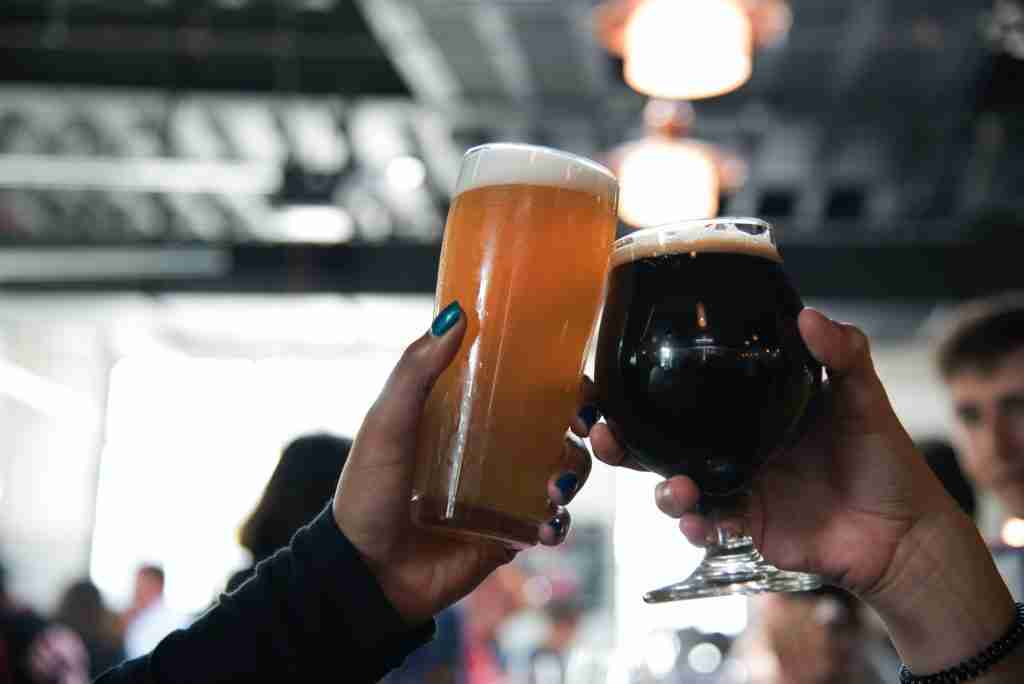
Benefits Of Drinking Craft Beer Over Other Alcoholic Beverages
Besides providing excellent flavor profiles, drinking craft beer has many benefits over other types of alcohol such as lower calories and less production demanding on resources – therefore having less impact on our environment!
In addition, they prioritize quality over quantity; many use only fresh ingredients that are locally-sourced whenever possible which adds depth and complexity while ensuring optimal freshness upon delivery or sale at retail locations.
True aficionados know that there is something truly special about experiencing a great craft brew knowing where every drop comes from – right down to who brewed it and where exactly those raw material were sourced.
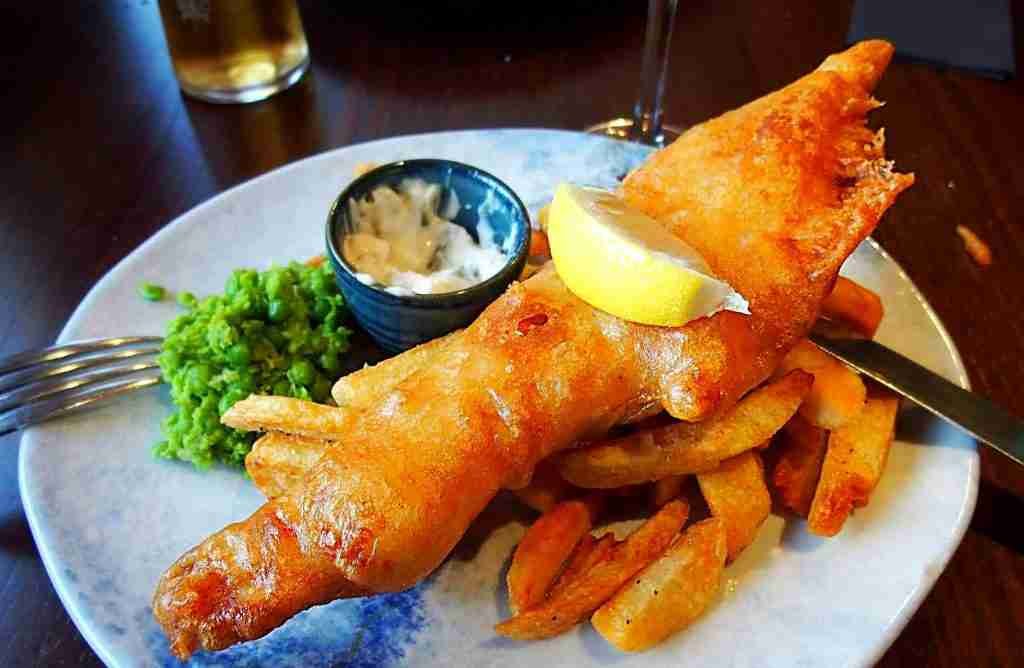
Food Pairings + Interesting Facts About Craft Beer Culture
Pairing food with craft beer can really enhance its flavors both complementing and contrasting each other for a delightful combination!
Mild hoppy ales go especially well with BBQ dishes – think pulled pork sandwiches or burgers; lagers pair nicely with light fish dishes such as salmon; wheat beers balance curry dishes with their tangy fruitiness whilst stouts can offer a smooth contrast of flavors if pairing alongside bitter chicory salads or chocolate desserts!
As far as interesting facts about craft beer culture go, beer is actually considered one of our oldest beverages—it was invented by ancient civilizations more than 7000 years ago and has been a key component in fueling creativity and culture over the centuries—from its popularity during the Middle Ages among Europeans nobles & monks alike (some believing their potential medicinal powers!) to the further growth of the craft brew industry in the 1970s and beyond which led us to where we are today—a world filled with varieties of innovative beers with more options available then some pubs can dish out at once!
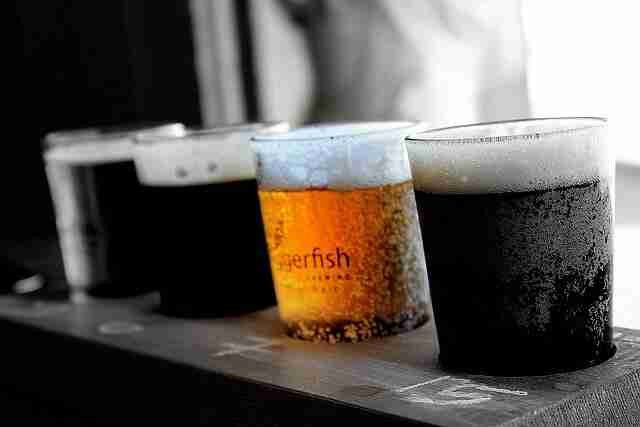
Why Craft Beer Is Popular
Craft beer is quickly becoming one of the most popular alcoholic beverages around the world due its diverse range of styles and flavors combined with its emphasis on quality over quantity. Whether you’re just starting out in exploring different types or already consider yourself somewhat knowledgeable, taking a few moments off here & there during weekend feasts or gatherings amongst friends is always beneficial – allowing us time enough to appreciate each little nuance our favorite brew holds! So why not explore local breweries near home? There’s sure something unique hiding behind every corner – find yours today!

